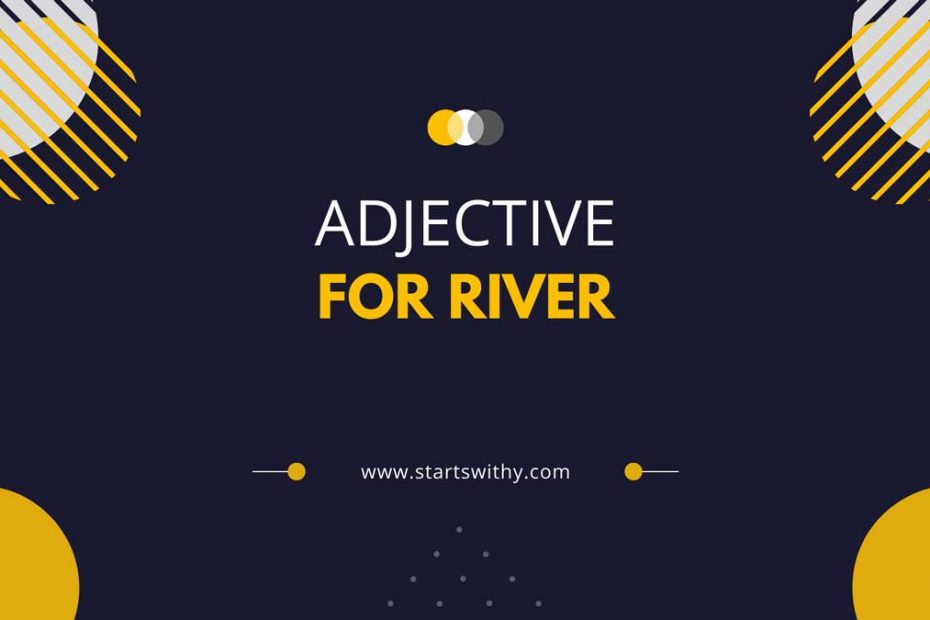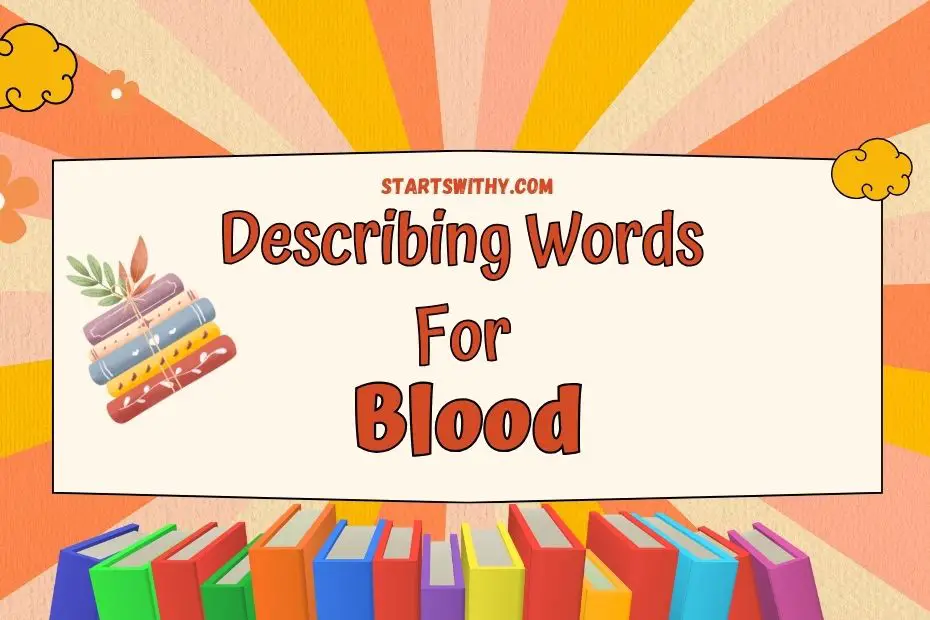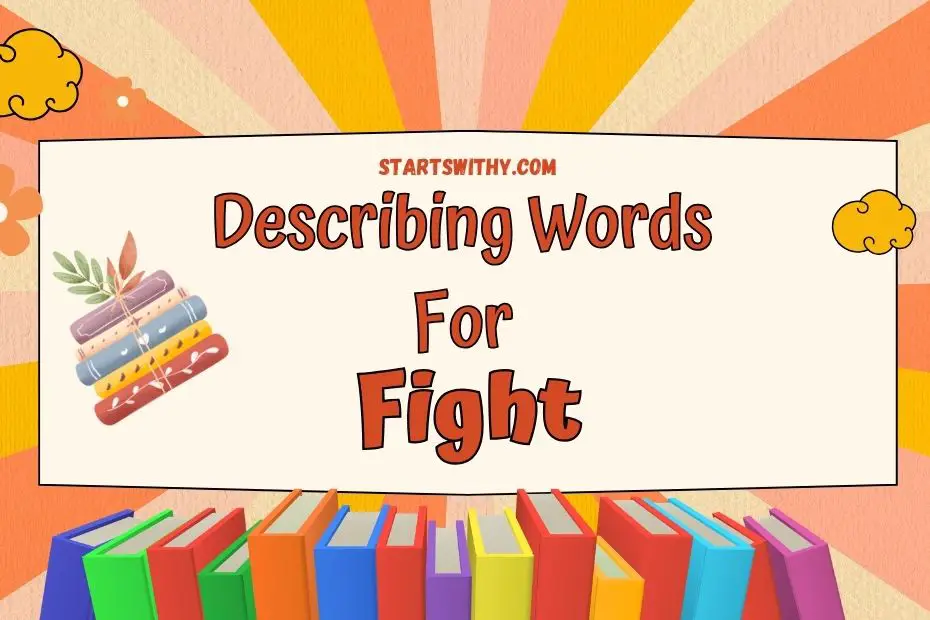A river is a natural flowing watercourse, usually freshwater, flowing towards an ocean, sea, lake or another river. In some cases a river flows into the ground and becomes dry at the end of its course without reaching another body of water. Small rivers can be referred to using names such as stream, creek, brook, rivulet, and rill.
There are no official definitions for the generic term river as applied to geographic features, although in some countries or communities a stream is defined by its size. Many names for small rivers are specific to geographic location; examples are run in parts of the United States, burn in Scotland and England, and beck in northern England.
Sometimes a river is defined as being larger than a creek, but not always: the language is vague. It is hard to measure the length of a river. Depending on how much water is flowing in a river, the width of the river, and the depth of the river, the size of a river can change. A river can be as short as a few hundred feet or as long as thousands of miles. Adjectives commonly used to describe rivers include winding, meandering, lazy, slow-moving, and deep.
Adjectives For River
Rivers are amazing natural phenomena. They are large bodies of water that flow from one place to another, often with great force. They can be calm and serene, or they can be wild and dangerous. Regardless of their personality, rivers are an important part of our world.
Adjectives that can be used to describe rivers include:
- Beautiful: A river can be beautiful, with its flowing waters and natural surroundings.
- Mystic: A river can also be mystical, with an air of mystery surrounding it.
- Powerful: A river can be powerful, with its great force and ability to move large amounts of water.
- Dangerous: A river can be dangerous, with its strong currents and potential for flooding.
- Calming: A river can be calming, with its gentle flow and peaceful surroundings.
No matter what adjectives you use to describe a river, one thing is for sure – they are an amazing part of our world.
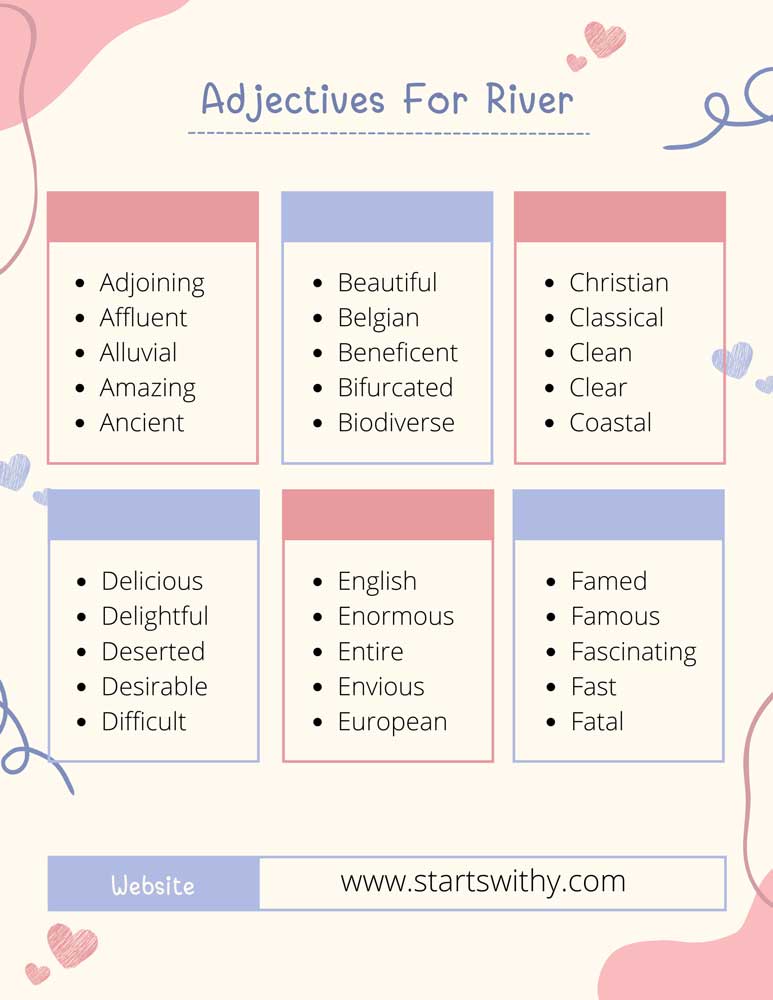
A
| Actual | Adjacent | Adjoining |
| Affluent | Aforesaid | African |
| Alluvial | Amazing | Amazonian |
| Amorous | Ancestral | Ancient |
| Angry | Arctic | Armoured |
| Arrowy | Artificial | Asian |
| Asiatic | Atlantic | Atmospheric |
| Auriferous | Australian | Awful |
| Azure |
B
| Beautiful | Beautifull | Belgian |
| Beneficent | Bifurcated | Big |
| Biodiverse | Bitter | Black |
| Blasted | Blind | Blue |
| Boisterous | Booming | Bottomless |
| Boundary | Boundless | Bounteous |
| Brief | Bright | British |
| Broad | Broken | Brown |
| Brownish | Busy |
C
| Cabinnearest | Calm | Canadian |
| Casual | Caucasian | Celebrated |
| Celestial | Central | Certain |
| Changed | Chief | Chinese |
| Chitral | Christian | Classical |
| Clean | Clear | Close |
| Coastal | Cold | Combined |
| Confounded | Considerable | Contemporary |
| Continuous | Convenient | Cool |
| Coppermine | Crooked | Crossable |
| Crowded | Cruel | Cuban |
| Curious |
D
| Dangerous | Dark | Darksome |
| Dead | Dear | Deceptive |
| Deep | Delicious | Delightful |
| Deserted | Desirable | Desolate |
| Difficult | Dirty | Distant |
| Distinct | Divine | Dread |
| Dreadful | Dry | Dull |
| Dusky |
E
| Eastern | Easy | Egyptian |
| Enchanted | Endless | English |
| Enormous | Entire | Envious |
| Eternal | European | Evil |
| Excellent | Excited | Exotic |
| Extensive | Extinct | Extraordinary |
F
| Fabulous | Fair | Famed |
| Famous | Fascinating | Fast |
| Fast/Rapid/Quick | Fatal | Fatty |
| Favourite | Fertile | Fiercest |
| Fiery | Filthy | Fine |
| Finer | Flooded | Flowing |
| Foaming | Forbidden | Fording |
| Foreign | Forgetful | Foul |
| Fourth | French | Frenzied |
| Frequent | Fresh | Freshwater |
| Friendly | Frozen | Furious |
G
| Gentle | German | Giant |
| Glacial | Gloomy | Glorious |
| Golden | Grand | Grandest |
| Gray | Great | Greedy |
| Green | Grim | Grown |
H
| Haitian | Happy | Hard |
| Haunted | Healthy | Heavenly |
| Heretofore | Hidden | Himalayan |
| Historic | Hollow | Holy |
| Homelier | Honourest | Hot |
| Huge | Hungry | Hydrokinetic |
I
| Illusory | Imaginary | Immense |
| Impassable | Impersonal | Impetuous |
| Impossible | Impracticable | Inconsiderable |
| Indian | Individual | Inefficient |
| Inexhaustible | Infernal | Inky |
| Inland | Innumerable | Instructional |
| Interior | Interminable | International |
| Interprovincial | Invisible | Irregular |
| Irresistible | Italian |
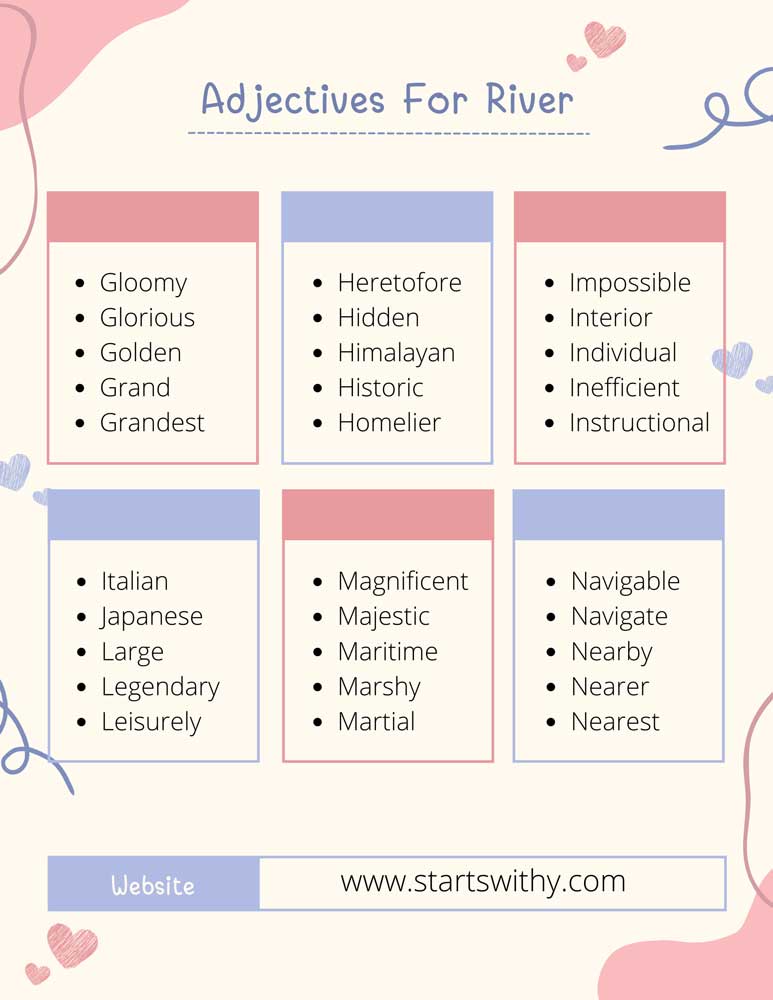
J | L
| Japanese | Lakeful | Large |
| Laziest | Legendary | Leisurely |
| Limpid | Little | Lone |
| Lonely | Lonesome | Long |
| Longest | Lordly | Lost |
| Lovely | Lower |
M
| Mad | Magical | Magnificent |
| Main | Majestic | Major |
| Male | Marine | Maritime |
| Marshy | Martial | Marvelous |
| Matchless | Mature | Medium |
| Melancholy | Merced | Mighty |
| Mild | Mimic | Minded |
| Miniature | Minor | Momentary |
| Monstrous | Moroccan | Mottled |
| Mouthed | Muddied | Muddy |
| Multi | Mysterious |
N
| Narrow | Narrowing | Natal |
| Native | Natural | Navigable |
| Navigate | Nearby | Nearer |
| Nearest | New | Newfound |
| Nice | Noble | Noisy |
| Nolichucky | Northern | Noted |
| Numberless | Numerous |
P
| Offensive | Old | Open |
| Ordinary | Original | Outstanding |
| Pagánni | Pale | Parallel |
| Passable | Peaceful | Peiho |
| Perennial | Perilous | Perished |
| Permanent | Phrygian | Picturesque |
| Placid | Pleasant | Plenty |
| Polluted | Poor | Popular |
| Portuguese | Powerful | Prairie |
| Pre | Preeminent | Present |
| Pretty | Previous | Primary |
| Principal | Profound | Prominent |
| Promising | Proper | Proud |
| Provincial | Pure |
Q | R
| Quick | Quiet | Rapid |
| Real | Recreational | Red |
| Regulated | Remarkable | Remote |
| Republican | Rich | Rocky |
| Rolling | Romantic | Rough |
| Running | Rural | Rushing |
| Russian |
S
| Sacred | Said | Scottish |
| Seaboard | Seasonal | Second |
| Secret | Separate | Shaded |
| Shadowed | Shadowy | Shady |
| Shallow | Shining | Short |
| Shrouded | Shrunken | Shy |
| Siberian | Silent | Silentthe |
| Silver | Silvery | Single |
| Sinuous | Sized | Sleek |
| Sleepy | Slocan | Slow |
| Sluggish | Small | Smooth |
| Soft | Solitary | Sonorous |
| South | Southern | Spanish |
| Sparkling | Spectacular | Splendid |
| Stagnant | Stately | Steady |
| Steelhead | Steep | Strange |
| Streaming | Stupendous | Stygian |
| Subglacial | Subterranean | Subterraneous |
| Sudden | Sunny | Superb |
| Supple | Sweeping | Sweet |
| Sweete | Swift | Swiss |
| Swollen | Swum |
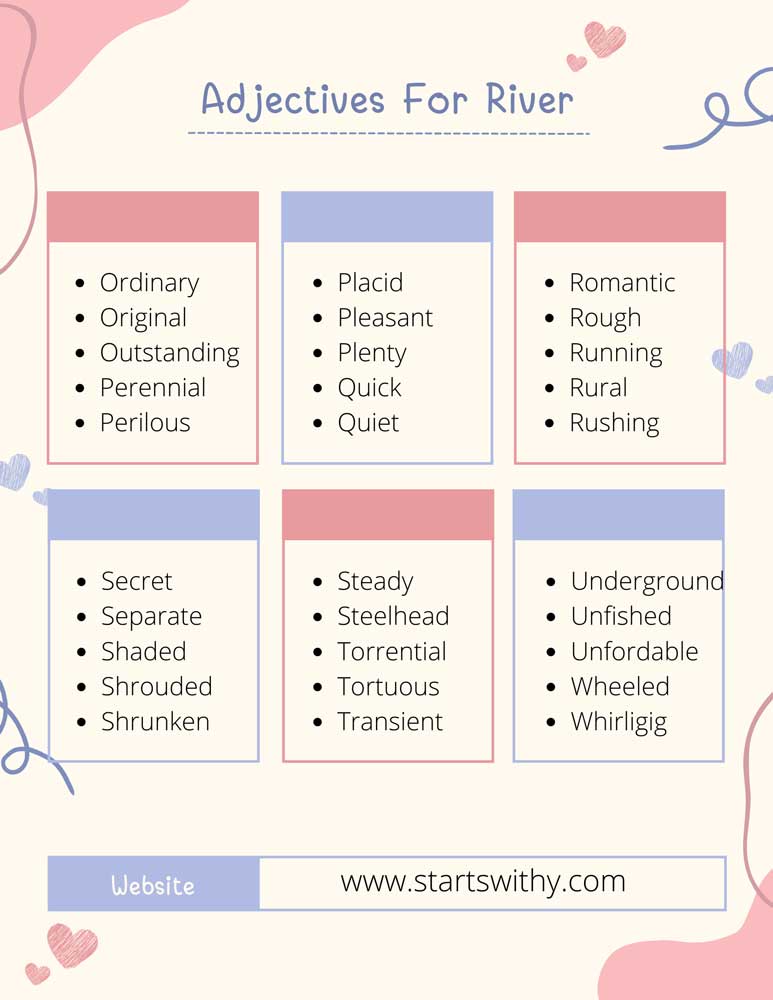
T
| Terrible | Text | Thankful |
| Thick | Tibetan | Tidal |
| Timbered | Tiny | Token |
| Toned | Torrential | Tortuous |
| Transient | Treacherous | Tributary |
| Tropical | Troubled | Troublesome |
| Truant | Tumultuous | Turbid |
| Turbulent | Turgid | Twilit |
| Twin |
U
| Umbrian | Unassuming | Unbridged |
| Unclean | Underground | Unfished |
| Unfordable | Ungauged | Unimportant |
| Unique | Unknown | Unruffled |
| Unruly | Unseen | Untamable |
| Unvisited | Upper | Upside |
| Useful |
V | W | Y
| Valuable | Vast | Vertical |
| Victorious | Vital | Warm |
| Wealthy | Weary | Western |
| Wheeled | Whirligig | Wholesome |
| Wide | Widest | Wild |
| Willed | Willful | Winding |
| Wonderful | Worthy | Yellow |
| Yellowish |
How to Describe a River with River Adjectives?
Describing a river through adjectives not only captures its physical appearance but also its essence, mood, and the emotions it evokes. Here are some best practices for using adjectives to describe a river, ensuring your descriptions are vivid, engaging, and reflective of the river’s unique character.
1. Choose Adjectives that Reflect Mood and Movement
Rivers are dynamic, constantly changing entities that reflect a wide range of moods and movements. Select adjectives that capture these aspects, such as “meandering” for a river that flows in gentle curves or “torrential” for one that is fast and powerful.
The choice of adjectives should mirror the river’s character at the moment you wish to describe.
Example:
Meandering through the valley, the river carved a path of serenity and grace, inviting onlookers to pause and reflect on its gentle journey.
2. Consider the River’s Context
The surrounding environment and the river’s role within it can greatly influence the adjectives you choose.
A river running through a desert, for example, might be described as “lifegiving” or “oasis-like,” while a river in a bustling city could be “industrious” or “veined.” Consider how the river interacts with its surroundings to select the most fitting adjectives.
Example:
In the heart of the bustling city, the veined river flowed like the lifeline of an ancient organism, connecting different parts with a steady pulse.
3. Use Sensory Descriptions
Engage all five senses to create a multi-dimensional description of the river. Besides its visual aspects (“glistening,” “murky”), think about how it sounds (“babbling,” “roaring”), feels (“chilly,” “invigorating”), smells (“fresh,” “earthy”), and even tastes (“mineral-rich,” “brackish”) if relevant. This approach helps to immerse the reader fully into the scene.
Example:
The river’s glistening surface caught the morning sun, creating a babbling chorus that was music to the ears, while its chilly touch awakened the senses.
4. Employ Metaphors and Similes
Metaphors and similes can enrich your descriptions, drawing parallels between the river and other concepts or objects to evoke deeper meanings or emotions.
Describing a river as “the village’s lifeline” or comparing its flow to “the graceful movements of a dancer” can provide deeper insights into its nature and impact.
Like a lifeline threading through the desert, the river was an oasis of life in the parched landscape, its crystalline waters a mirror to the sky.
5. Highlight the River’s Impact on Life
Rivers often play a crucial role in the ecosystems and human communities they traverse. Describing a river as “nourishing” or “sustaining” can reflect its importance to local wildlife and people, while “destructive” or “merciless” might be used for rivers that cause flooding or damage.
The nourishing river was a cradle of biodiversity, its banks teeming with life and its waters sustaining both the land and the people who lived by its grace.
6. Reflect on Historical and Cultural Significance
Some rivers have profound historical, cultural, or spiritual significance. Adjectives like “sacred,” “historic,” or “legendary” can allude to these aspects, adding depth to your description by acknowledging the river’s place in human history and mythology.
The sacred river flowed through the city’s heart, its historic banks witnesses to centuries of human joy and tragedy, a legendary thread in the fabric of time.
7. Be Precise and Varied
Precision in your choice of adjectives ensures clarity and avoids clichés. Instead of “beautiful,” consider more specific adjectives like “crystalline” or “serene” to describe the river’s beauty. Variety in adjective use keeps the description engaging and avoids redundancy.
Even under the midday sun, the river remained invigoratingly cool, its serene flow a contrast to the surrounding landscape’s rugged beauty
8. Create a Narrative or Emotional Journey
Consider framing your description of the river as part of a narrative or emotional journey. This approach can transform a simple description into a compelling story or reflection, inviting readers to connect with the river on a personal level.
As the frozen river thawed with the first whispers of spring, it seemed to awaken from its slumber, each babbling curve a verse in the earth’s rejuvenation.
9. Incorporate Seasonal or Time-of-Day Changes
Rivers change appearance and character depending on the season or time of day. Describing these variations (“frozen” in winter, “misty” at dawn) can add dynamism to your description, reflecting the river’s ever-changing nature.
Under the misty dawn light, the river transformed into a mysterious pathway, its waters a shimmering guide through the awakening landscape.
10. Use Imagery to Evoke Emotion
Finally, the best descriptions of a river do more than paint a picture; they evoke emotions. Use imagery and carefully chosen adjectives to create an emotional response in the reader, connecting them to the river in a way that is felt as well as seen.
The river, merciless in its flood, carved a path of destruction, yet in its retreat, it left a silent promise of renewal, a testament to nature’s cyclic heart.
By following these best practices, your descriptions of rivers will not only capture their physical attributes but also their essence, mood, and the myriad ways in which they touch the lives and landscapes they flow through.
Words to Describe a River Flowing
| Word | Sentence | Meaning |
|---|---|---|
| Flowing | The river is flowing quietly under the moonlight. | Moving steadily and continuously. |
| Fast | The fast river races past rocks and trees. | Moving quickly. |
| Slow | The slow river meanders through the forest. | Moving at a low speed. |
| Clear | The clear river reflects the sky perfectly. | Free of any dirt or pollutants. |
| Muddy | After the rain, the river turns muddy. | Mixed with or full of mud. |
| Calm | The calm river surface was undisturbed by wind. | Peaceful and free from agitation. |
| Strong | The strong river current can be dangerous. | Having powerful force. |
| Shallow | Kids can play safely in the shallow part of the river. | Not deep. |
| Deep | The deep river hides secrets beneath its surface. | Extending far down. |
| Wide | The wide river stretches far, separating two lands. | Having a great extent from side to side. |
| Quick | The quick river flows fast, rushing over the stones. | Moving swiftly. |
| Gentle | The gentle river moves slowly, soothingly calm. | Soft and mild, not harsh. |
| Clean | The clean river sparkles under the sun. | Free from dirt or pollution. |
| Dirty | The dirty river looks brown after the rain. | Contaminated with mud or grime. |
| Peaceful | The peaceful river runs quietly through the town. | Calm and tranquil. |
| Broad | The broad river takes a wide path through the landscape. | Wide across. |
| Slow | The slow river lazily winds through the meadow. | Not fast, leisurely. |
Uncommon Adjective Words to Describe River Flowing
| Word | Sentence | Meaning |
|---|---|---|
| Meandering | The meandering river snaked through the valley, a silver thread in the lush landscape. | Winding or curving gracefully and smoothly. |
| Turbulent | The turbulent river roared through the canyon, its waters churned by hidden rocks. | Characterized by disorder, irregularity, or chaos. |
| Serene | On a quiet morning, the serene river mirrored the sky, undisturbed by wind or wave. | Peaceful, calm, and untroubled. |
| Swift | The swift river rushed past, carrying leaves and debris in its hurried journey to the sea. | Moving quickly or at great speed. |
| Murky | The murky river concealed its depths beneath a surface clouded with silt and mud. | Dark and gloomy or unclear and difficult to see through. |
| Glistening | Sunlight danced on the glistening river, turning its surface into a mosaic of light. | Shining with a sparkling light. |
| Raging | After the storm, the river transformed into a raging torrent, overwhelming its banks. | Very angry, or violent and uncontrolled. |
| Tranquil | The tranquil river flowed gently, its surface barely whispering against the pebbles. | Quiet and still. |
| Silt-laden | The silt-laden river carried the fertile earth from upland areas to the plains below. | Filled with or carrying silt. |
| Pristine | Far from civilization, the pristine river flowed through untouched wilderness. | Remaining in a pure and unspoiled state. |
How to Describe a Beautiful River?
| Word | Meaning | Example Sentence |
|---|---|---|
| Tranquil | Peaceful and calm | The river flowed with a tranquil beauty, untouched by the hustle of the nearby city. |
| Serene | Calm, peaceful, and untroubled | Standing by the serene river, I felt a sense of peace wash over me. |
| Majestic | Having beauty that inspires admiration and awe | The majestic river wound through the mountains, its presence commanding and powerful. |
| Sparkling | Shining brightly with flashes of light | The sun reflected off the sparkling river, creating a pathway of diamonds. |
| Meandering | Following a winding course | The meandering river carved its way through the valley, creating a picturesque scene. |
| Pristine | In its original condition; unspoiled | The pristine river, with its clear waters, flowed gently through the forest. |
| Luminous | Full of or shedding light | As night fell, the river became luminous under the moon’s glow, guiding our way. |
| Vibrant | Full of energy and life | Life along the vibrant river thrived, with ecosystems flourishing in its nourishing flow. |
| Breathtaking | Astonishing or awe-inspiring in quality | The view of the breathtaking river from the cliff was an unforgettable sight. |
| Crystal-clear | Perfectly clear | The crystal-clear waters of the river allowed us to see all the way to the riverbed. |
How You Should Not Describe a River? Tips
When discussing rivers, it’s essential to avoid certain descriptors and adjectives that do not convey the necessary respect, accuracy, or appreciation for these natural wonders. Misleading, insensitive, or overly simplistic descriptions can not only misinform but also undervalue the importance of rivers in our ecosystems, cultures, and histories. This section outlines how not to describe rivers, offering guidance on avoiding common pitfalls in river description.
Avoiding Insensitivity
Anthropomorphizing Excessively
While it can be poetic to attribute human characteristics to rivers, overdoing it can lead to descriptions that obscure the natural qualities and ecological functions of rivers.
Describing a river as “angry” or “sad,” for example, might evoke certain imagery but fails to accurately represent the river’s dynamics and its responses to environmental factors.
Disregarding Cultural Significance
Rivers hold profound cultural and spiritual significance for many communities. Descriptions that ignore or trivialize these relationships can be insensitive.
Avoid using adjectives that diminish their importance, such as “insignificant” or “mere,” when they are central to the identities and beliefs of people.
Steering Clear of Inaccuracy
Misleading Simplifications
Rivers are complex ecosystems. Describing them with overly simplistic adjectives, such as “dirty” without context, can be misleading.
It’s important to provide accurate descriptions that reflect the condition of a river, considering pollution levels, sediment types, and other environmental factors.
Incorrect Characterizations
Avoid using terms that inaccurately characterize a river’s nature or behavior, such as “tame” for rivers that are navigable or “wild” for those that aren’t.
These descriptions fail to capture the full range of a river’s behaviors and its capacity for change over time or in response to human intervention.
Avoiding Overgeneralization
Applying Broad Stereotypes
Each river is unique, with its own set of characteristics and dynamics. Broadly applying stereotypes, such as describing all rivers in a region as “pristine” or “polluted,” overlooks the specific conditions and histories of individual rivers. It’s crucial to recognize and describe each river’s unique qualities rather than relying on generalizations.
Ignoring Seasonal and Temporal Changes
Rivers can change dramatically with the seasons, weather patterns, and over time. Descriptions that ignore these changes, such as always calling a river “tranquil” or “raging,” can be misleading. It’s important to acknowledge that a river’s appearance and behavior can vary, and descriptions should reflect the river’s state at the time of observation or within the context being discussed.
Describing rivers requires sensitivity, accuracy, and an appreciation for their complexity and significance. Avoiding the use of insensitive, inaccurate, and overgeneralized words and adjectives can help ensure that descriptions of rivers are respectful, informed, and reflective of their true nature and importance. By carefully choosing our words, we can better appreciate and communicate the vital role that rivers play in our world.
Final verdict
A river is a natural flowing watercourse, usually freshwater, flowing towards an ocean, sea, lake or another river. In some cases a river flows into the ground and becomes dry at the end of its course without reaching another body of water. Small rivers may be referred to using names such as stream, creek, brook, rivulet, and rill.
There are no official definitions for the generic term river as applied to geographic features, although in some countries or communities a stream is defined by its size. Many names for small rivers are specific to geographic location; examples are run in parts of the United States, burn in Scotland and England, and beck in northern England. Sometimes a river is defined as being larger than a creek, but not always: the language is vague.
